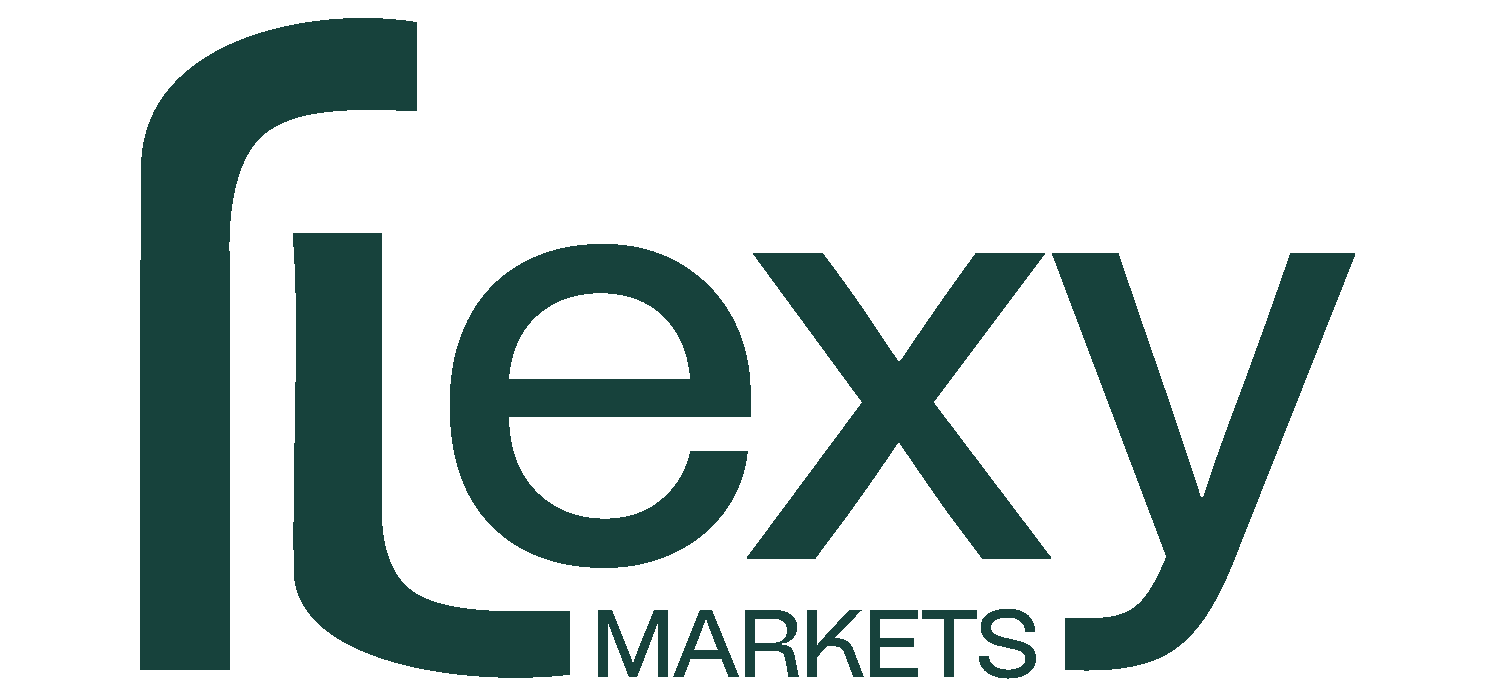Introduction
President Donald Trump’s return to the White House on January 20, 2025, set the stage for a whirlwind of policy announcements that reverberated through global markets. As the administration moved swiftly—issuing a flurry of executive orders hours after inauguration—investors around the world braced for volatility. For UK-based retail traders in particular, this presented both risk and opportunity. Against a backdrop of rising geopolitical tensions and shifting trade dynamics, many took advantage of market dips to accumulate shares in some of America’s most prominent companies. In this analysis, we explore which US stocks topped the buy-sell charts on platforms like Interactive Investor, Hargreaves Lansdown and AJ Bell during the president’s first 100 days in office.
Market Snapshot
The S&P 500 had fallen 5.3% year-to-date, while the tech-heavy Nasdaq composite slumped 9.7% amid concerns over tariffs and currency fluctuations. The US dollar index also dipped by roughly 2%, marking one of the weakest first-100-day starts since President George W. Bush’s tenure four decades earlier. Rapid tariff announcements—culminating with sweeping duties on April 2, dubbed “Liberation Day”—were followed by a 90-day pause for selected trading partners. This policy seesaw underscored the administration’s unpredictable approach and kept UK investors on their toes, alternating between panic selling and opportunistic buying.
Investor Strategies
Richard Hunter, head of markets at Interactive Investor, observed two dominant themes driving UK retail activity: bargain hunting and momentum chasing. Bargain hunters zeroed in on beaten-down large-caps trading below perceived fair value, while momentum followers rotated into stocks showing resilience or positive catalysts. Cryptocurrency-linked names attracted speculative money, reflecting Trump’s broadly bullish stance on digital assets. Meanwhile, big-tech companies with robust free-cash-flow profiles were viewed as defensive plays amid tariff fears. This blend of value and momentum set the stage for a surprisingly concentrated list of most-bought stocks.
Nvidia (NVDA)
Chipmaker Nvidia led all three platforms’ purchase lists despite a 21% drop in its share price by late April. Investors remained optimistic about long-term demand for the company’s graphics processing units (GPUs), especially in AI applications. Concerns over Chinese startup DeepSeek’s low-cost AI model weighed on sentiment, and government-mandated export licenses for Nvidia’s H20 AI chip to China threatened a $5.5 billion revenue hit. Yet UK traders appeared to view these pullbacks as entry points ahead of the company’s first-quarter earnings on May 28, betting on a rebound driven by data-center and gaming sales.
Tesla (TSLA)
Electric-vehicle pioneer Tesla also featured prominently, even as CEO Elon Musk’s political involvement—leading a self-styled Department of Government Efficiency (DOGE)—drew criticism. Tesla deliveries of 336,681 vehicles in Q1 missed forecasts of 390,342, and revenue of $19.34 billion fell short of the $21.43 billion consensus. Adjusted EPS of $0.27 also disappointed investors. Nevertheless, Musk’s pledge to reduce time spent on government affairs from May onward reassured stock-pickers who view the company’s technological edge and brand strength as long-term drivers.
MicroStrategy (MSTR)
Software firm MicroStrategy, the world’s largest corporate holder of Bitcoin, attracted crypto-enthusiasts as the flagship digital currency flirted with $100,000 in the lead-up to Inauguration Day. Though Bitcoin retraced to around $96,000 by late April, traders bought into MSTR’s stock, betting that further gains in the token would flow through to the company’s balance sheet and shareholder returns. The firm’s strategy of leveraging Bitcoin as a reserve asset has made it a bellwether for institutional cryptocurrency adoption, and UK retail platforms recorded robust buy volumes in line with these expectations.
Amazon (AMZN)
E-commerce and cloud-services giant Amazon proved irresistible to bargain hunters, with shares gaining 4% in early Thursday pre-market trading following stronger-than-expected results from peers Microsoft and Meta. Consensus estimates forecast Q1 revenue of $155.1 billion versus $143.3 billion a year earlier, while EPS of $1.36 was seen up from $0.98. A brief spat with the White House over proposed tariff-pass-through pricing on its retail site only underscored Amazon’s influence on consumer pricing. Investors wagering on the company’s ongoing logistics investments and AWS growth crowded into AMZN positions.
Alphabet (GOOGL, GOOG)
Google-parent Alphabet rounded out the top five, buoyed by a 12% rise in Q1 revenue to $90.2 billion and a 46% jump in net income to $34.5 billion. This marked the ninth consecutive quarter of earnings beats, driven by search advertising resilience and rapid expansion of its cloud-computing business. AJ Bell’s investment director Russ Mould noted that Alphabet’s $75 billion capital-expenditure plan underscores confidence in future growth, even if some investors worry about the scale of spending. UK users of Hargreaves Lansdown piled into GOOGL shares ahead of any potential guidance updates.
Microsoft (MSFT)
Another “Magnificent Seven” stalwart, Microsoft, featured in all three brokers’ buy lists. The software giant reported Q2 revenue growth of 13%, led by Azure cloud services and Office 365 subscriptions. Strong margin expansion and robust cash-flow generation have kept MSFT on investors’ radars as a defensive play amid tariff-driven uncertainty. With a forward P/E around 25x—below many peers—Microsoft’s combination of growth and valuation appeal made it a logical pick for those balancing yield-seeking and capital appreciation.
Meta Platforms (META)
Social-media behemoth Meta Platforms also drew significant buy orders. Q1 revenue of $36.5 billion narrowly beat estimates thanks to ad-sales recovery across Facebook and Instagram. Investors focused on Meta’s pivot toward AI-powered ad targeting and the looming rollout of its next-generation VR hardware. Amid broader tech weakness, some UK traders viewed META’s near-term valuation reset as a buying opportunity, banking on the company’s multi-platform reach and long-cycle investments in the metaverse.
Palantir Technologies (PLTR)
Data-analytics firm Palantir ranked among the most bought names, reflecting trader enthusiasm for its government and commercial contracts. Palantir’s Fusion platform—used for everything from disaster relief to supply-chain optimization—hit a Q1 revenue of $562 million, up 19% year-on-year. Though still unprofitable on a GAAP basis, the company’s growing margins and high-teens recurring revenue growth attracted investors betting on enterprise digitization trends.
Advanced Micro Devices (AMD)
Semiconductor competitor AMD rounded out the list, with investors eyeing its gains in data-center market share against Intel and Nvidia. Q1 revenue of $6.7 billion exceeded forecasts, driven by strong EPYC server-chip sales. AMD’s aggressive roadmap, including the upcoming Genoa-X processors, bolstered confidence that the firm can further erode Intel’s dominance and satiate AI compute demand. UK retail clients capitalized on dips in AMD shares following broader chip-sector sell-offs.
Berkshire Hathaway (BRK-B)
Warren Buffett’s Berkshire Hathaway proved that value still resonates. Despite a conservative portfolio tilt, BRK-B shares gained ground as markets grappled with policy uncertainty. Holdings in Coca-Cola, Chevron and Apple provided diversified exposure, while Buffett’s annual shareholder letter in February reaffirmed a buy-and-hold philosophy. For UK investors wary of headline risk, Berkshire offered a blend of blue-chip equity, insurance earnings and industrial cash flows—an appealing hedge against short-term volatility.
Looking Ahead
Capital Economics’ chief markets economist John Higgins suggests that the next 100 days could see a more favorable environment for equities and the dollar if the administration shifts focus toward fiscal stimulus and infrastructure spending. Whether UK investors will rotate out of tech into cyclical names remains to be seen. For now, the buying patterns in Trump’s second term highlight a clear preference for established technology and data-driven companies, balanced by exposure to Bitcoin proxies and diversified value plays.
For ongoing analysis and real-time signals on these stocks, visit YoForex for expert commentary and trade ideas tailored to turbulent political cycles.










Comments
No comments yet. Be the first to comment!
Leave a Comment